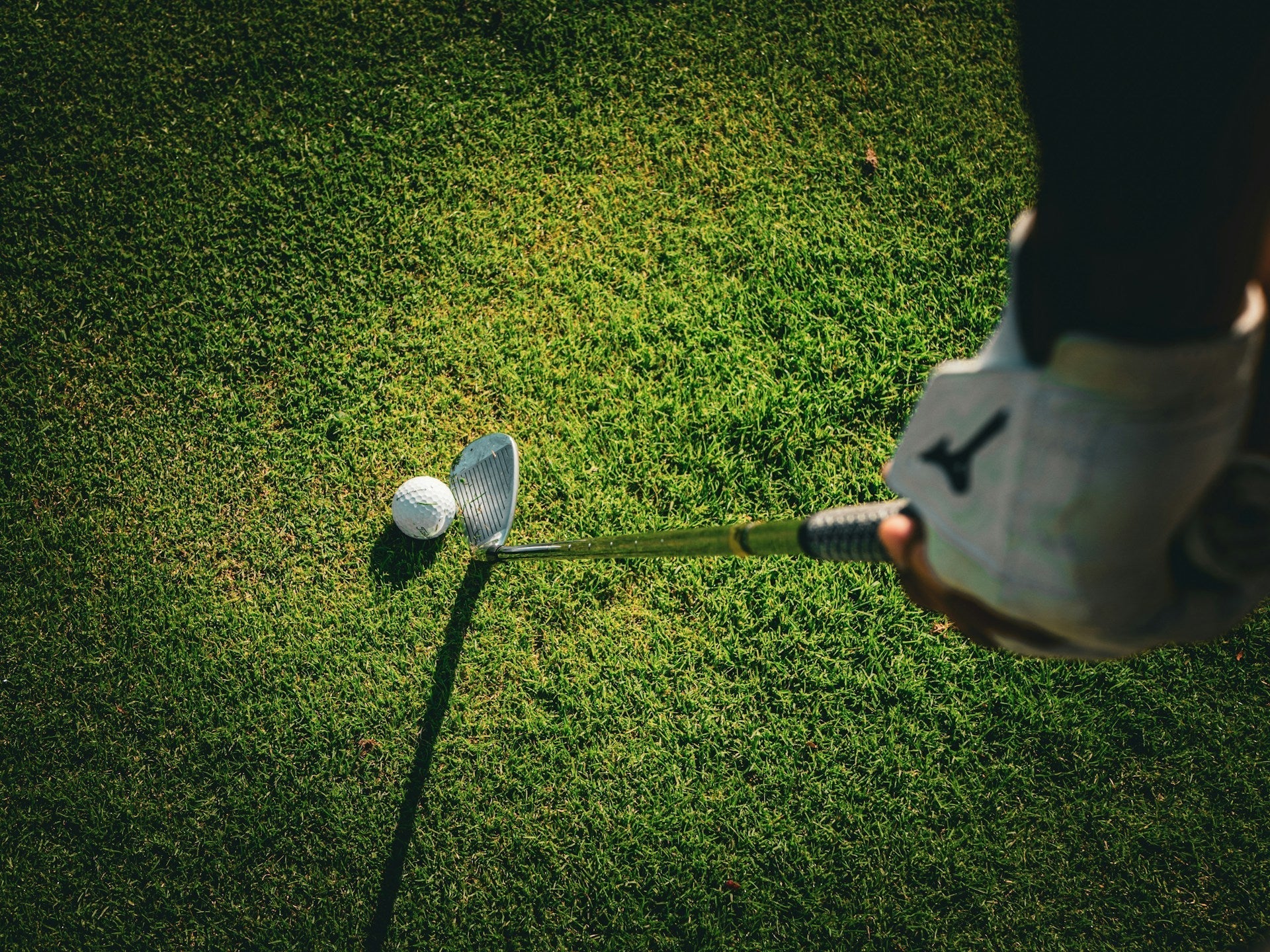In golf, grip choice is as vital as club selection. Balancing strength, control, and comfort, the right grip maximizes performance. It directly affects your golf swing and clubface control, determining the ball's flight path.
Understanding grip variations empowers golfers to tailor their approach for optimal results.
Complement your reading with the Introduction Guide To The Importance Of A Proper Golf Club Grip.
A Strong Golf Grip
A proper grip forms the foundation of a successful swing. Primarily, golfers use strong, weak, or neutral grips. Each type impacts clubface control and ball flight differently. Becoming familiar with these grips allows golfers to identify and choose the best fit for their swing style.
Benefits and Drawbacks of a Strong Grip
A strong golf grip positions the hands in a way that encourages a closed clubface during impact. It reduces slicing and adds power, making it suitable for golfers addressing slicing issues. However, the strong grip poses hook risks and demands effective body rotation. Players should consider using complete sets or specific drivers to refine this grip.
When to Use a Strong Grip
The strong grip suits golfers plagued by slicing and those requiring more power. It benefits players in windy conditions, where lower ball trajectory aids control. Additionally, incorporating golf training aids can help refine the technique and release timing crucial for strong grip advocates.
You may also like: How to Hold a Golf Club Correctly: Learn the Proper Golf Grip and Improve your Hits!
What is a Weak Grip?
The weak grip, characterized by an open clubface, promotes a fade shot. Positioned with hands rotated outward, it modifies control and encourages higher ball flight paths. Suitable for players seeking precision and finesse, this grip minimizes over-hooking risks but can reduce distance potential.
Benefits and Drawbacks of a Weak Grip
A weak grip provides enhanced clubface control, promoting control and precision, particularly in delicate situations. It's a preferred choice for players who wish to avoid hooks. Conversely, it carries a risk of slicing and reduced power. Golfers should consider using golf accessories like putters or tech gadgets to improve weak grip effectiveness.
When to Use a Weak Grip
Best for golfers who naturally hit fade shots or those involved in precision-required situations, such as pitch shots. Specific players, including those trying to adjust their swing path or face orientation, can benefit from honing a weak grip.
You may also like: How To Put: Master the Art of Golf Putting
Neutral Grip: The Middle Ground
A neutral grip balances the strong and weak grips, placing the hands directly on the golf club. It supports a balanced clubface at impact, ideal for golfers with a well-rounded swing. This grip tops the charts for those looking for straight shots and controlled ball flights.
Benefits of a Neutral Grip
The neutral grip encourages consistency, delivering reliable ball flight and launch control. It suits golfers who maintain an efficient swing, minimizing drastic curve shots. Players are encouraged to explore this grip with golf training aids or golf gloves to reinforce their grip style.
You may also like: How to Swing a Golf Club: A Guide for Beginners
Choosing the Best Grip for You
Selecting the best grip hinges on personal style, swing characteristics, and the golfer’s specific challenges. Testing different grips at the driving range is imperative, as is utilizing golf training aids to monitor improvements. Understanding the hand position directly correlates with clubface control and ball path efficiency.
Conclusion
Selecting a grip can significantly impact your golf journey; understanding its nuances enriches your game. Experimenting with various grips at the driving range will provide insights into which suits your style best. Engaged golfers should explore products from reputable golf stores, discovering gear that complements their chosen grip.
 Reviews on
Reviews on 


